By the time the Portuguese arrived in India in the fifteenth century, the earliest group of Christians in India had already been exposed to thirteen centuries of Indian religious traditions, which were bound to be absorbed by them.
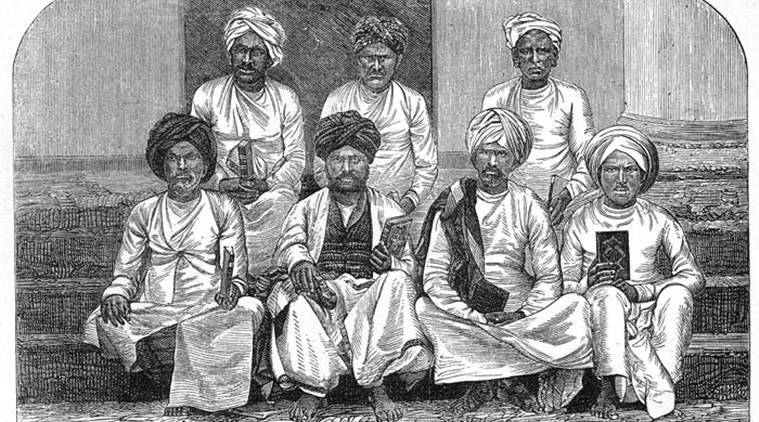 The Syrian Christians are believed to trace their descent from the apostle, Saint Thomas. (Wikimedia Commons)
The Syrian Christians are believed to trace their descent from the apostle, Saint Thomas. (Wikimedia Commons)
The early third century Biblical text, Acts of Thomas mentions an interesting episode which is regarded as one of the strongest pieces of evidence of the first ever instance of Christianity entering Indian soil. The chapter reports that when the apostles were in Jerusalem, and divided the world among themselves the lot to go to India fell for Thomas. “I am a Hebrew man; how can I go among the Indians and preach the truth,” Thomas is believed to have told the Lord in response. However, Thomas was forced to embark upon the journey to India and found himself in the court of King Gondophares who was the founder of the Indo-Parthian kingdom in north west India, comprising parts of present day Iran, Afghanistan and Pakistan.
While scholars of religious studies consider the Acts of Thomas to be essential for the understanding of Christianity, there is very little of the text that is considered to be historical fact. It is only when the reference to King Gondophares is made that the historian is made aware of the possibility of a grain of truth in the narrative. There are a few things that can be determined historically from the story. One, that some sort of commercial activity existed between the Middle East and the Indo-Parthian kingdom of the Christian era and second, that the earliest Christians to have entered the subcontinent might have come in from here. Ironically though, the presence of the earliest Christian communities in India is found far removed from the north west of the country, down south near the Malabar coast.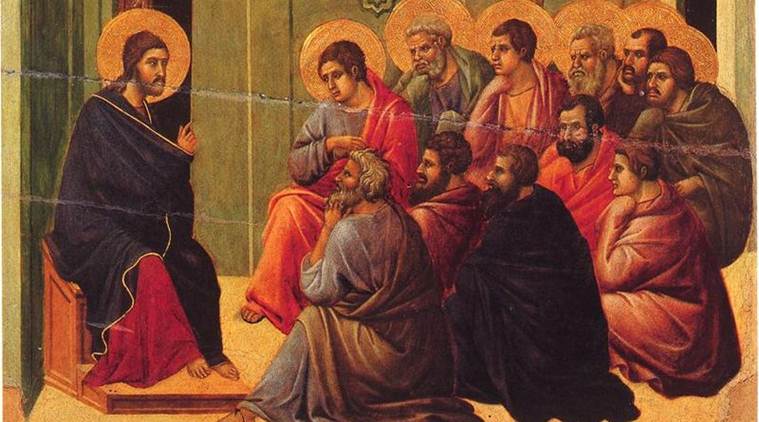 When the apostles were in Jerusalem, and divided the world among themselves the lot to go to India fell for Thomas. (Wikimedia Commons)
When the apostles were in Jerusalem, and divided the world among themselves the lot to go to India fell for Thomas. (Wikimedia Commons)
The Syrian Christians, as they refer to themselves, are believed to trace their descent from the apostle, Saint Thomas. While there is no textual evidence to ascertain how exactly they landed in the Malabar coast, the episode narrated in Acts of Thomas points to the possibility of them entering India through the north west part of the subcontinent. For that matter, there is hardly any evidence of the history of the earliest Christians in India. Oral traditions and folklore are the only pieces of evidence that point to an apostolic foundation of the Syrian Christians in southern India.
What is certain though, is that Christianity did exist in India much before the European Catholic forces spread the tentacles of colonialism in the country. Further, it is also noted that the Syrian Christian theological framework was deeply embedded in Indian socio-religious customs and drew from them extensively in order to coexist peacefully with the native population. Up until the fifteenth century, the Syrian Christians were in fact a dominant force in the South, as is evident from the narrative of the Nasrani kingdom in Udayamperoor in present day Kerala. While there is strong support of the tradition of a Christian king there, historians claim it is merely a myth. As noted by Reverend Juhanon Mar Thoma in his work, “there never was a Christian kingly family or a Christian kingdom, but only the tradition that some of the Christians were descendants of kings converted by the Apostle Thomas.”
The Hinduisation of earliest Christianity
Historians argue that by the end of the second century of the Christian era, there definitely existed a Christian community in both south east and south west of India. However, due to political reasons, majority of the Christians migrated to the Chera kingdom of Malabar. The Chera ruler at this point in time, Perum Cheral Irumporai is known to have been tolerant to all non-Hindu religious traditions under his reign. Notably, the Syrian Christians are believed to have received a warm welcome from the native Hindu communities. “Indeed permission to convert to Christianity, in this period, was granted only to those from the higher levels of society, which did nothing to lessen the status or self-consciousness of this among Christians,” write scholars of religious studies Ian Gilman and Hans-Joachim Klimkeit.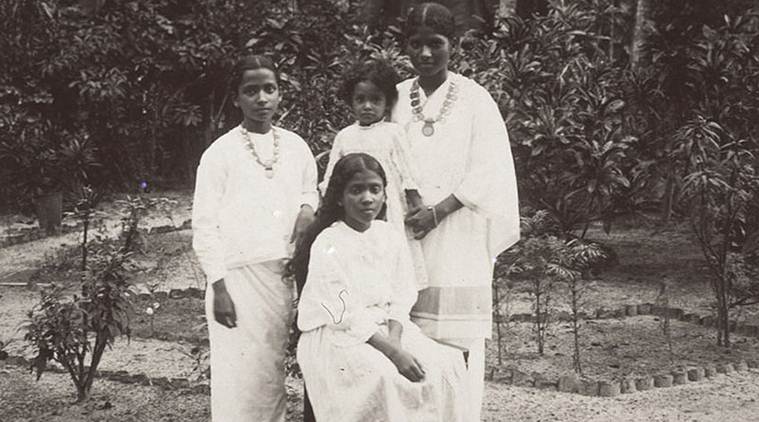 Historians argue that by the end of the second century of the Christian era, there definitely existed a Christian community in both south east and south west of India. (Wikimedia Commons)
Historians argue that by the end of the second century of the Christian era, there definitely existed a Christian community in both south east and south west of India. (Wikimedia Commons)
By the time the Portuguese arrived in India in the fifteenth century, the earliest group of Christians in India had already been exposed to thirteen centuries of Indian religious traditions, which were bound to be absorbed by them. Hindu marriage customs, particularly the tying of the sacred thread around the bride’s neck by her husband, religious ceremonies like the one associated with the feeding of a newborn baby and early lessons were found to be existing among the Syrian Christians as well. Further, paraphernalia of Hindu religious traditions such as various kinds of ceremonial umbrellas, drums and fly whisks were seen to be used by the Christians for their religious traditions as well. It is noteworthy that several old Christian families in the area share names with Brahmans or Nayars.
At the same time, Christians also interpreted several Hindu customs to suit their theological framework. For instance, fire among Hindus which is referred to as God Agni, symbolised Christ, the light of the world for Christians. “Indians welcomed Christians keeping the customs, whatever their own interpretations of them, a fact not recognised by the Portuguese at the end of the 16th century,” wrote Gilman and Kimkeit.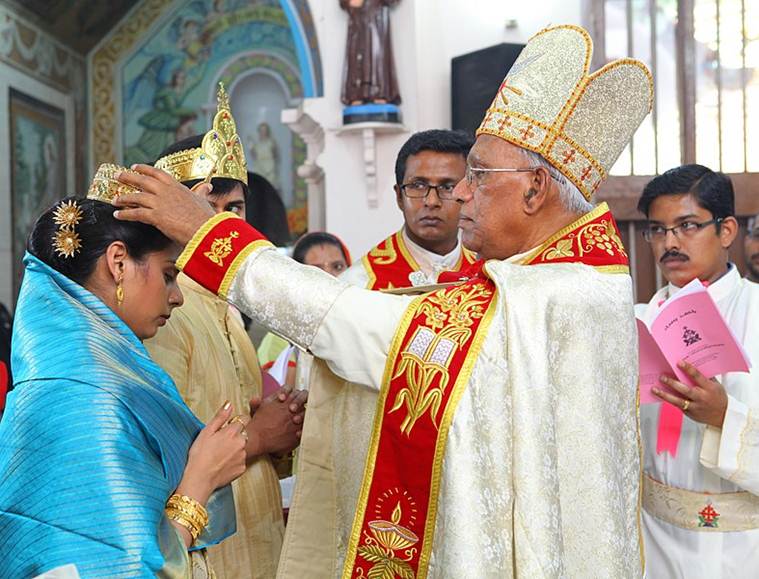 Hindu marriage customs, particularly the tying of the sacred thread around the bride’s neck by her husband, religious ceremonies like the one associated with the feeding of a newborn baby and early lessons were found to be existing among the Syrian Christians as well. (Wikimedia Commons)
Hindu marriage customs, particularly the tying of the sacred thread around the bride’s neck by her husband, religious ceremonies like the one associated with the feeding of a newborn baby and early lessons were found to be existing among the Syrian Christians as well. (Wikimedia Commons)
Most notable among the Hindu influences on Syrian Christianity, however, was that of the caste system. Christians saw themselves as part of the developed caste system. Seen as useful members of society, they were ranked at par with the Nayars. Over time, three successive rungs developed within the Christian converts — first was occupied by those from the higher castes, second were the immigrants from Persia and Syria and finally the lowest rung occupied by the converts of the lowest Hindu castes. The absorption of the caste-system among the Syrian Christians also meant that untouchability was staunchly followed them. Accordingly, they followed Brahmanical customs such as taking a bath immediately if they came in contact with an untouchable for the fear of getting polluted.
The Christianisation of earliest Christianity
On May 27, 1498, Vasco da Gama reached Calicut, ushering in a whole new period of history among the first Christians of India. Hans and Klimkeit note in their work that apparently when Vasco da Gama reached Calicut a native asked him what he wanted from Asians. To that, the Portuguese explorer said, “Christians and spices.” The Portuguese were aware of the spread of Christianity in India at this point in time and wanted to use religion as a useful means of conducting mercantile activities.
The local Christians, on the other hand, were more than welcoming towards their Portuguese counterparts. In them, they saw an ally against their common enemy- the Muslims. They were under the impression that they would garner enough support from the Portuguese to fight the Muslims while continuing to maintain their religious identity which was rooted in Indianness. Neither did they feel any threat from the Catholics of an imposition of religious identity over them.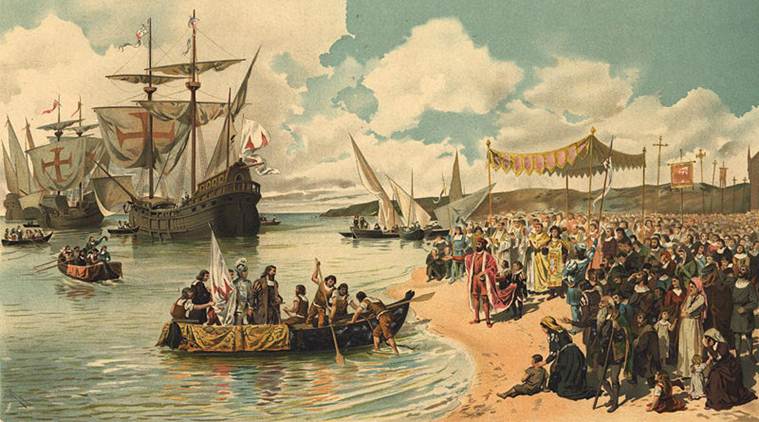 On May 27, 1498, Vasco da Gama reached Calicut, ushering in a whole new period of history among the first Christians of India. (Wikimedia Commons)
On May 27, 1498, Vasco da Gama reached Calicut, ushering in a whole new period of history among the first Christians of India. (Wikimedia Commons)
The Portuguese were clearly unhappy to find their brethren indulging in religious traditions which were much unlike what their idea of a true Christian was. First two decades of contact between the two variants of Christianity proved to be quite cordial. It is only from the beginning of the sixteenth century that the effort to impose Catholicism upon the local Christians was carried out by the Portuguese.
In 1595, Aleixo de Menezes was consecrated the Archbishop of Goa. Under him began an organised effort to Latinise the Syrian Christians. In the first place, the impact of the caste system had to be done away with. Suddenly a critical attitude was developed towards Hinduism, disregarding centuries of peaceful cohabitation of the two religions. Consequently, Christianity was no longer a religion into which the high castes converted and increasingly came to be associated with the lower castes.
In June 1599, a synod was convoked for Diamper (Udayamperur) which lasted for six days and was attended by more than 800 members of the clergy. A long list of comprehensive measures were enacted that laid out the necessary rites and traditions of Catholicism among the Syrian Christians. The imposed Latin Catholicism was resented by the Syrian Christians, who for the first time in centuries experienced a division among themselves.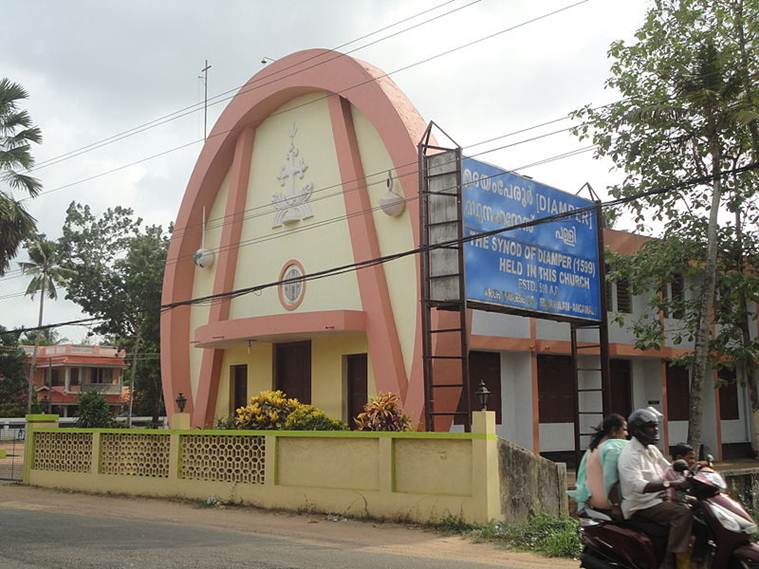 In June 1599, a synod was convoked for Diamper (Udayamperur) which lasted for six days and was attended by more than 800 members of the clergy. (Wikimedia Commons)
In June 1599, a synod was convoked for Diamper (Udayamperur) which lasted for six days and was attended by more than 800 members of the clergy. (Wikimedia Commons)
At present, the Syrian Christians form a substantial minority in India. However, over the years they have gone on to play pioneering roles in the fields of banking, education, and commerce. What is notable from their rich historical trajectory in India though is their ability to absorb, resist and persevere at the same time. As the historian W.W Hunter notes about the Syrian Christians, “it had its origins in the period when Buddhism was still triumphant; it witness the birth of the Hinduism which superseded the doctrine and natural polity of Buddha; it saw the arrival of the Muslims, who ousted the Hindu dynasties; it suffered cruelly from the Roman Catholic inquisitors of the Portuguese; but it….survived its persecutors.”
